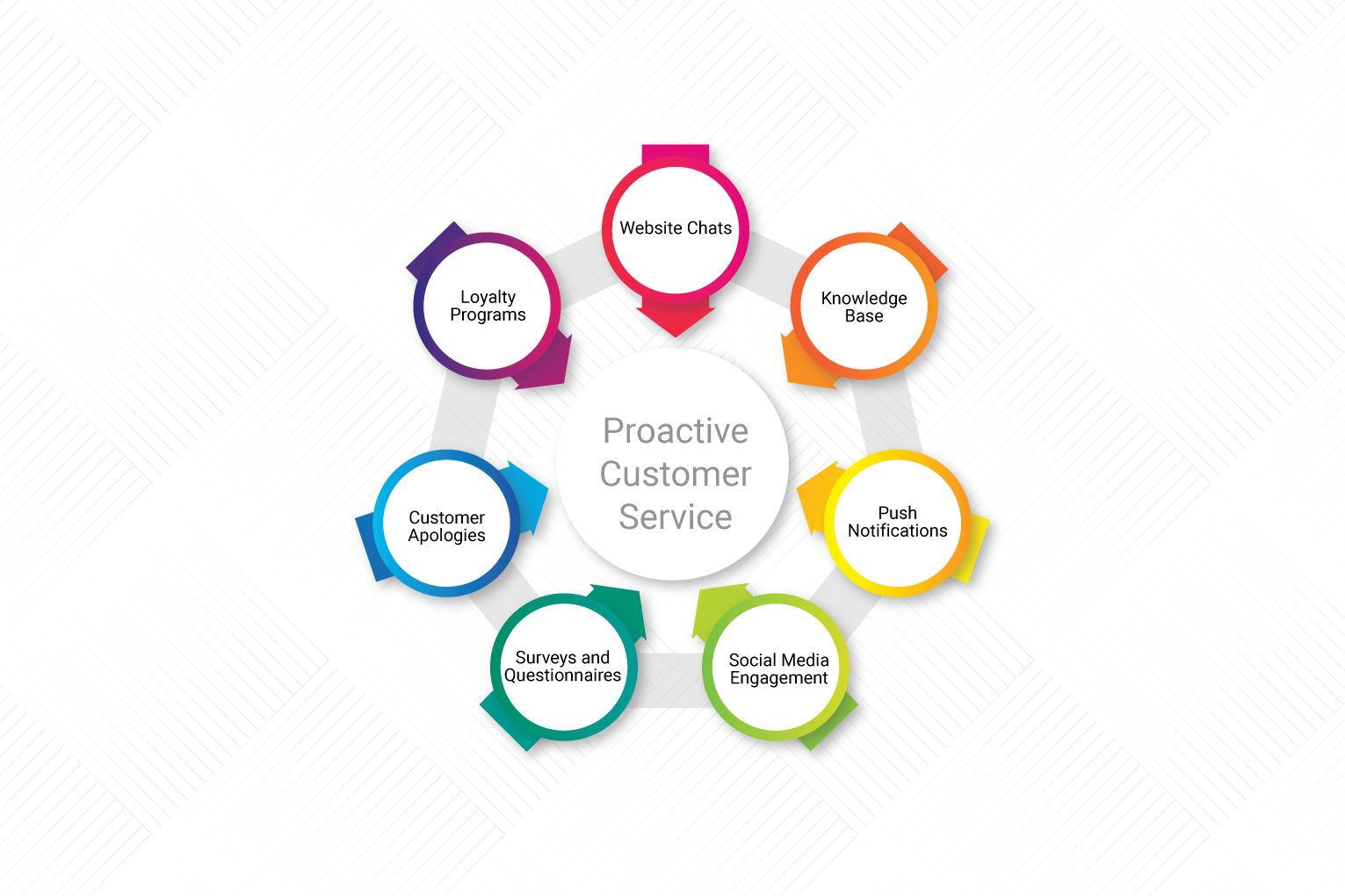Proactive Communication: Addressing Customer Concerns Before They Escalate

Proactive Communication: Addressing Customer Concerns Before They Escalate
In the competitive landscape of today’s business world, customer satisfaction reigns supreme. However, achieving this goal isn’t just about providing excellent products or services; it’s also about anticipating and addressing customer concerns before they escalate into major issues. This is where proactive communication comes into play.
Why Proactive Communication Matters:
- Reduced Customer Frustration: When customers feel heard and understood, their frustration levels decrease significantly. Proactive communication demonstrates your commitment to their satisfaction and prevents the build-up of negative emotions.
- Improved Customer Loyalty: Customers are more likely to stick with businesses that go the extra mile to address their concerns. Proactive communication fosters trust and strengthens the customer-business relationship.
- Prevention of Escalated Issues: By identifying and addressing potential problems early on, you can prevent them from escalating into full-blown crises, saving valuable time and resources.
- Enhanced Reputation: A reputation for excellent customer service is invaluable in today’s competitive market. Proactive communication builds trust and enhances your brand image.
Strategies for Proactive Communication:
1. Utilize Customer Feedback Channels: Actively solicit feedback through surveys, reviews, and social media monitoring. Pay close attention to customer comments and reviews, both positive and negative, to identify recurring issues or areas for improvement.
2. Implement Automated Communication Tools: Use automated systems like chatbots, email campaigns, and SMS messaging to proactively communicate with customers about updates, potential issues, or relevant information.
3. Personalize Communication: Tailor your communications to individual customer needs and preferences. This demonstrates genuine care and shows that you value their time and attention.
4. Empower Frontline Staff: Equip your customer service team with the necessary tools, training, and authority to proactively address customer concerns. Encourage them to take ownership of issues and seek solutions quickly and effectively.
5. Build a Culture of Transparency: Be open and honest with customers about potential issues or delays. Transparency builds trust and helps customers feel informed and respected.
6. Offer Proactive Solutions: Don’t just acknowledge concerns; offer tangible solutions or steps you’re taking to address them. This demonstrates your commitment to resolving issues and improving customer experiences.
Examples of Proactive Communication in Action:
- A retailer sends out an email notification about a potential shipping delay, providing customers with updates and alternative options.
- A software company proactively reaches out to customers experiencing a known bug, offering troubleshooting tips and a temporary solution until a permanent fix is available.
- A customer service representative proactively checks in with a customer after a service call to ensure they are satisfied and address any remaining concerns.
Conclusion:
Proactive communication is a key ingredient for exceptional customer service. By anticipating and addressing customer concerns before they escalate, businesses can build stronger relationships, foster loyalty, and create a positive customer experience. Implementing the strategies outlined above will empower your organization to effectively communicate with customers, improve satisfaction, and ultimately, drive business success.

